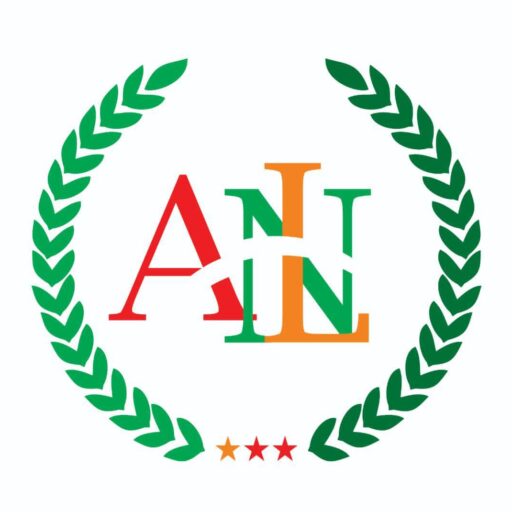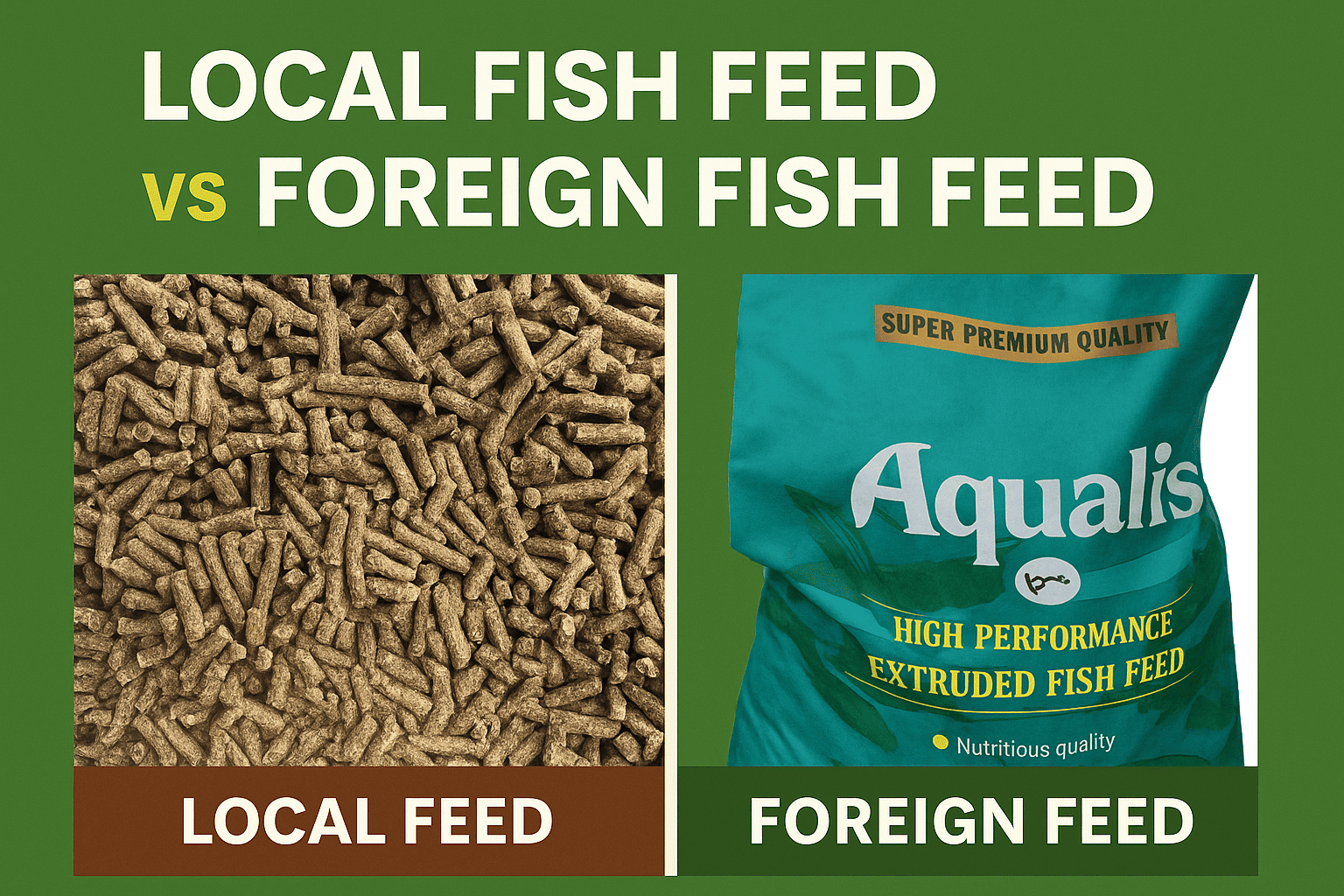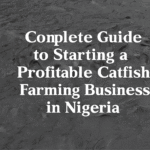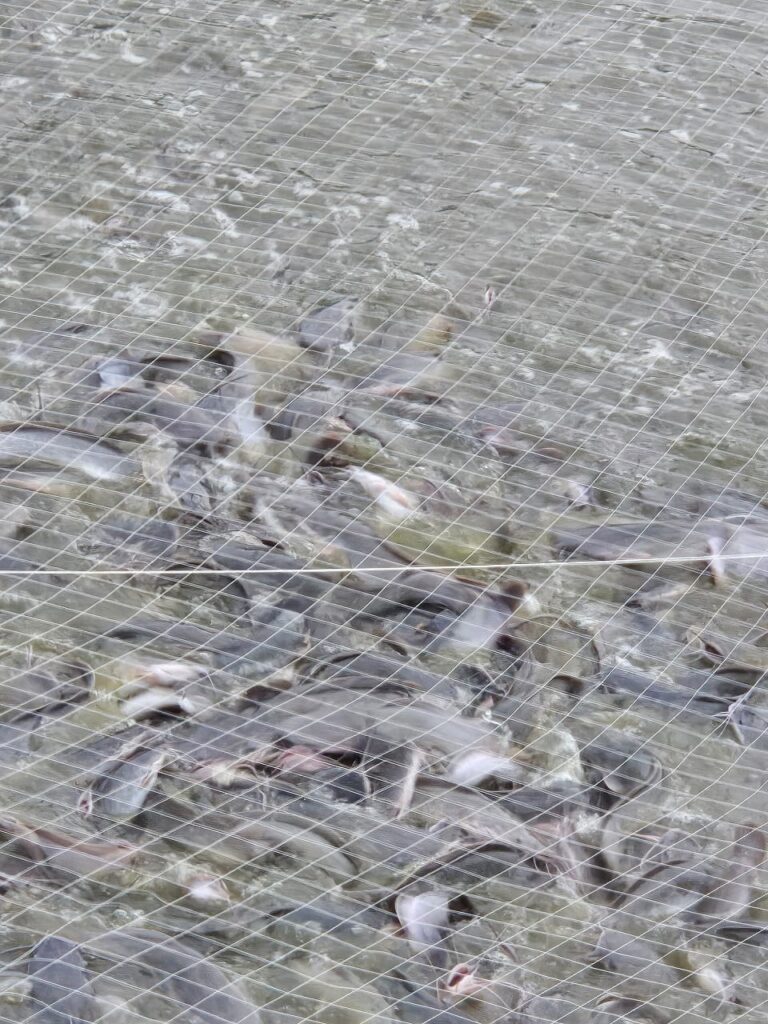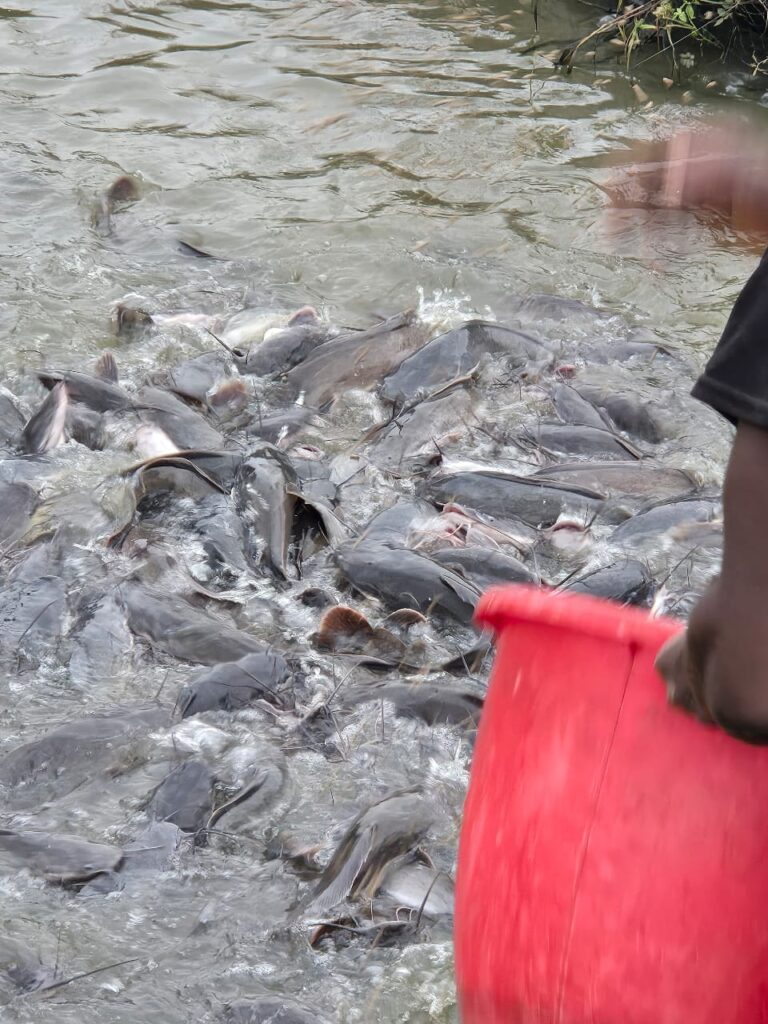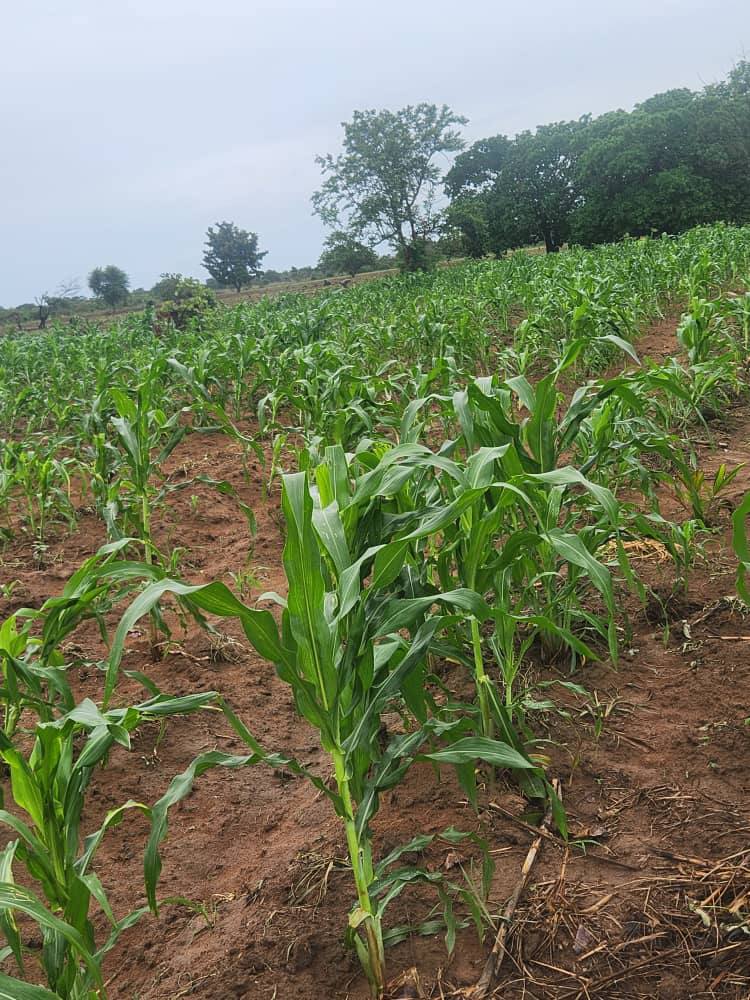Nigeria is one of the largest producers of catfish in Africa, and the aquaculture industry is growing rapidly. However, one major challenge for fish farmers remains: the cost and quality of fish feed. Fish feed can account for up to 70% of the total production cost in fish farming. That’s why choosing the right feed—whether …
Nigeria is one of the largest producers of catfish in Africa, and the aquaculture industry is growing rapidly. However, one major challenge for fish farmers remains: the cost and quality of fish feed.
Fish feed can account for up to 70% of the total production cost in fish farming. That’s why choosing the right feed—whether locally produced or imported foreign feed—is a decision that directly impacts farm profits, fish growth, and sustainability.
In this post, we will compare local fish feed and foreign fish feed to help Nigerian fish farmers make an informed choice.
What Is Fish Feed?
Fish feed is a specially formulated food given to farmed fish to ensure healthy growth, development, and reproduction. Fish feed typically contains:
- Protein (for growth)
- Fats (for energy)
- Vitamins and minerals (for health and immunity)
- Carbohydrates (for digestion and energy balance)
Types of Fish Feed:
- Floating Feed: This stays on the water surface. It is used to monitor fish feeding behaviour.
- Sinking Feed: This type of feed sinks to the bottom of the water. It is often used for mature fish or specific pond systems.
Both types are crucial, depending on your farm setup and fish type.
Overview of Local Fish Feed in Nigeria
What is Local Fish Feed?
Local fish feed refers to fish feed that is locally produced within Nigeria, either by:
- Commercial feed manufacturers (registered with NAFDAC)
- Small-scale feed millers (on farms or in local communities)
Common Local Fish Feed Brands:
- Admumsho, Nigeria Limited Feed
- Eco Float
- Vital Feed
- Top Feed
- Hyfeed
Ingredients Used in Local Feed:
- Soybean meal
- Fish meal (local)
- Maize or maize bran
- Groundnut cake
- Wheat offal
- Blood meal
- Vitamins & minerals premix
Advantages of Local Fish Feed
| Benefit | Details |
|---|---|
| Affordable | Local feed is generally cheaper than imported brands. This reduces farm production costs. |
| Easily Available | Local feed can be found in most markets and rural areas, reducing transport costs. |
| Supports Local Economy | Buying local feed helps boost Nigerian agribusiness and employment. |
| Flexible Formulations | Some farmers customize the feed mix to suit their fish or pond system. |
Disadvantages of Local Fish Feed
| Challenge | Details |
|---|---|
| Inconsistent Quality | Some small millers may not adhere to strict quality control, resulting in subpar results. |
| Variable Protein Content | Protein levels can differ between batches, affecting fish growth. |
| Risk of Contamination | Poor storage or milling conditions can lead to spoilage or mold (aflatoxin). |
Overview of Foreign Fish Feed
What is Foreign Fish Feed?
Foreign fish feed refers to fish feed imported from outside Nigeria, usually from Europe or Asia. Global aquafeed companies often manufacture these feeds.
Popular Foreign Fish Feed Brands in Nigeria:
- Coppens (Netherlands)
- Skretting (Norway)
- Aller Aqua (Denmark)
- AquaFeed (China)
Advantages of Foreign Fish Feed
| Benefit | Details |
|---|---|
| High Quality & Consistency | Foreign feeds are produced with advanced technology and strict quality control. |
| Better Feed Conversion Ratio (FCR) | Less feed is needed to achieve higher fish weight, reducing waste. |
| Faster Growth | Fish fed with foreign feed usually reach market size quicker. |
| Nutritional Balance | Ingredients are balanced for optimal fish health and immunity. |
Disadvantages of Foreign Fish Feed
| Challenge | Details |
|---|---|
| Expensive | Prices are higher due to import costs, taxes, and exchange rates. |
| Availability Issues | It may not be easy to find in remote areas. |
| Currency Fluctuation Risk | Prices can rise sharply due to dollar-naira changes. |
| Supports Foreign Economy | Money spent on foreign feed doesn’t grow the local economy. |
Key Comparison: Local vs Foreign Fish Feed
| Criteria | Local Feed | Foreign Feed |
|---|---|---|
| Cost | More affordable | More expensive |
| Quality Control | Varies by manufacturer | Strict and consistent |
| Availability | Widely available in Nigeria | Limited in rural areas |
| Growth Rate | Moderate | Faster growth |
| Feed Conversion Ratio (FCR) | Less efficient | Highly efficient |
| Economic Impact | Supports Nigerian businesses | Profits go abroad |
Factors to Consider When Choosing Fish Feed
Type of Fish
Some fish species, like catfish and tilapia, may perform differently based on feed quality.
Farm Size and Budget
Small-scale farmers may prefer local feed for cost reasons, while large commercial farms often invest in foreign feed for better yields.
Production Goals
- Are you growing fish for local markets or export?
- Is your goal quick turnover or gradual stocking?
Feed Testing Availability
If you can test the protein and nutrient levels of local feed, you can make better decisions.
Logistics and Storage
Local feed may be easier to transport and store, requiring fewer complex logistics.
What Nigerian Fish Farmers Are Saying
“I started with foreign feed like Coppens for my fingerlings because it gives better growth, but I switch to local feed when the fish are bigger to save costs.”
— Ahmed Bello, Catfish Farmer, Ibadan
“Admumsho is the best company to get your local fish feed, quality food with outstanding customer service, the company open everyday, including Saturday and Sunday. Customers are priority to them, I definitely recommend them to all fish farmers.”
— Babatunde Ayuba, Fish Farmer, Kwara
Expert Recommendations
When to Use Local Feed:
- For grow-out stages (after fingerlings are established)
- When running on a tight budget
- If you can verify the quality of the local brand
When to Use Foreign Feed:
- For fingerlings and juvenile fish (when growth is most sensitive)
- For commercial farms targeting fast turnover
- If you want consistent performance with minimal risk
Best of Both Worlds: Hybrid Approach
Many successful fish farmers in Nigeria use a combination of both feeds:
- Starter Feeds: Foreign (for fast, healthy growth of young fish)
- Grower/Finisher Feeds: Local (to reduce cost as fish mature)
Conclusion
There’s no one-size-fits-all answer to the question of local vs. foreign fish feed.
Both have their advantages and disadvantages. Your decision should depend on your farm size, budget, location, and production goals.
By balancing cost and quality, Nigerian fish farmers can maximise profitability while supporting sustainable aquaculture growth.
Are you a fish farmer in Nigeria? Share your experience with local and foreign fish feed in the comments below! Also, contact us for your Quality Fish feed, fish, and other agricultural produce.
Purchasing your Local fish feed, fish feed consultations, farm management support, and you can also check out our exclusive farming tips and videos on our YouTube channel
